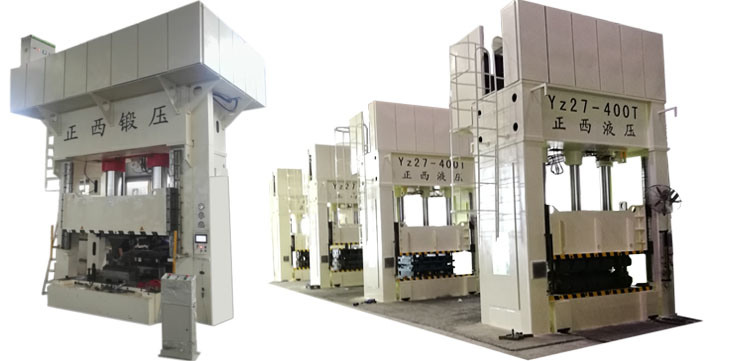
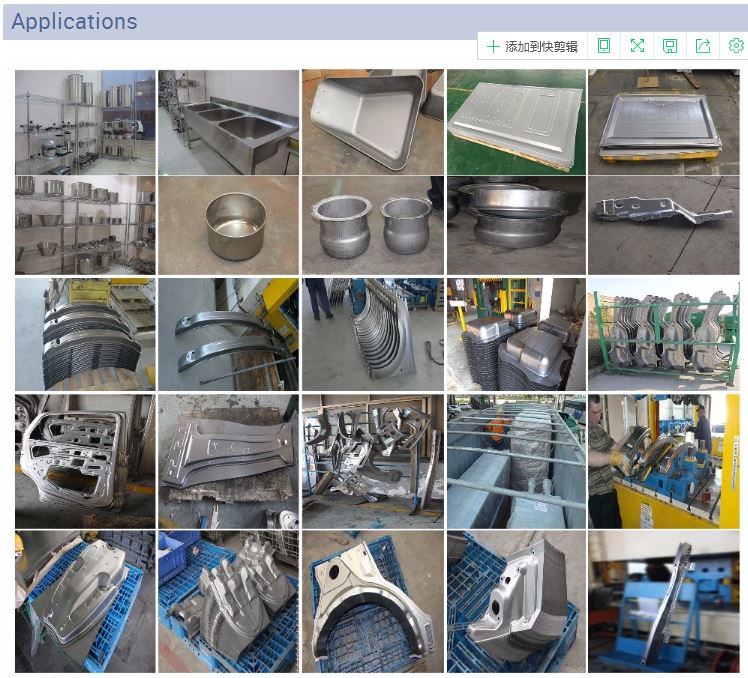
Creating a stainless steel product from scratch is a complex process that combines advanced technology, precise engineering, and deep scientific knowledge. Although stainless steel is widely used around the world, few people understand the detailed steps involved in its production. The manufacturing of stainless steel products is not only fascinating but also reflects the significant progress in material science since the Industrial Revolution. Here are the six most critical stages in the stainless steel manufacturing process:
1) Material Handling
Uncoiler- This is a material handling device located at the start of a production line. It holds and safely uncoils the steel strip, controlling its speed and direction as it moves through the line for further processing like slitting or entering a tube mill.
2) Forming
Deep Drawing Press- In this stage, semi-finished steel shapes go through various forming processes. For example, stainless steel is often hot rolled by heating it and passing it through large rolls. Blooms and billets are converted into bars and wires, while slabs become plates, strips, or sheets. Bars are one of the most versatile forms of stainless steel due to their availability in multiple grades and sizes, suitable for different applications such as round, square, octagonal, and hexagonal shapes.
3) Heat Treatment
Annealing Furnaces- During heat treatment, stainless steel undergoes an annealing process. This involves heating the material in a controlled environment and then cooling it to relieve internal stresses and improve its workability. Precise control of temperature, pressure, and cooling rate is essential to avoid defects in the final product.
4) Descaling
Pickling- After annealing, scale may form on the surface of the stainless steel. This scale can be removed using descaling methods, with pickling being one of the most common techniques. It helps prepare the metal for further processing and improves its surface quality.
5) Cutting and Punching
In this step, the semi-finished, heat-treated, and descaled stainless steel is cut into specific shapes. Mechanical cutting tools such as guillotine knives, blanking machines, and high-speed blades are used. Additionally, tap holes and overflow channels are created during this phase.
6) Finishing and Polishing
Polishing Machine- The finishing process enhances the aesthetic appearance of the stainless steel product. It also ensures a smooth surface that is easier to clean, which is crucial for sanitary applications. Polishing improves both the visual appeal and functional performance of the final product.
Hydraulic Press 4 Column Hydraulic Sheet Metal Deep Drawing
Features
1. A hydraulic machine that uses hydrostatic pressure to process materials such as metal, plastic, rubber, wood, and powder.
2. Commonly used in pressing and forming operations including forging, stamping, cold extrusion, straightening, bending, flanging, sheet metal deep drawing, powder metallurgy, and press-fit.
3. Offers technical and economic benefits such as reducing weight, minimizing the number of parts and molds, improving stiffness and strength, and lowering production costs.
SPECS of Yz33
| Model | unit | Yz33-25T | Yz33-50T | Yz33-63T | Yz33-100T | Yz33-160T | Yz33-250T | |
| Clamping Force | KN | 250 | 500 | 630 | 1000 | 1600 | 2500 | |
| Working Layer | Qty | 2~4 | 2~4 | 2~4 | 2~4 | 2~4 | 2~4 | |
| Piston Stroke | mm | 180 | 250 | 250 | 250/250 | 250/250 | 500 | |
| Heating Platen Daylight | mm | 90 | 125 | 125 | 125 | 125 | 125 | |
| Heating Platen Size |
Left-right | mm | 350 | 400 | 500 | 600 | 750 | 900 |
| Front-back | mm | 350 | 400 | 500 | 600 | 850 | 900 | |
| Heating Plate Power | KW | 1.5 | 2.2 | 3 | 7.5 | 11 | 15 | |
| Motor Power | KW | 7.2 | 9 | 10.8 | 33.75 | 45 | 45 | |
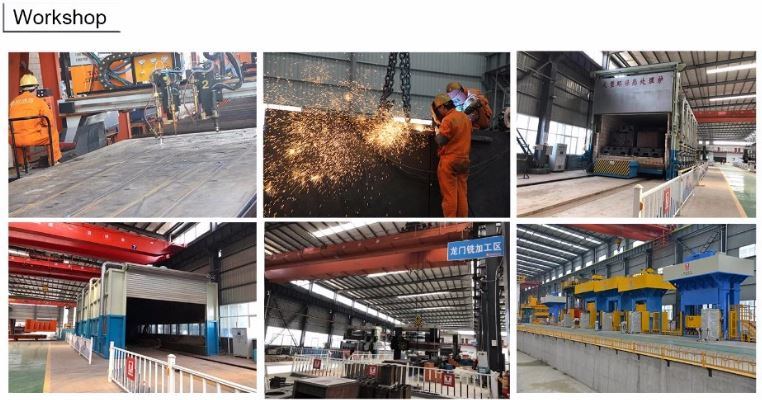
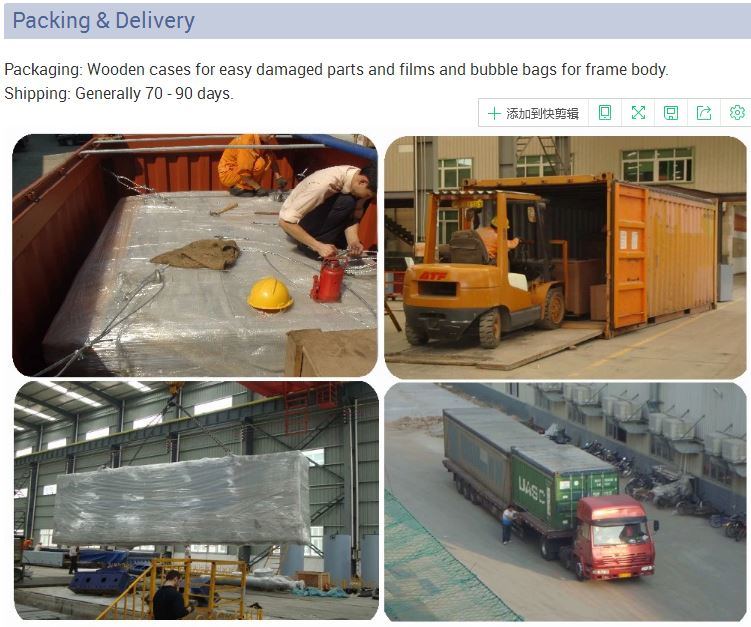
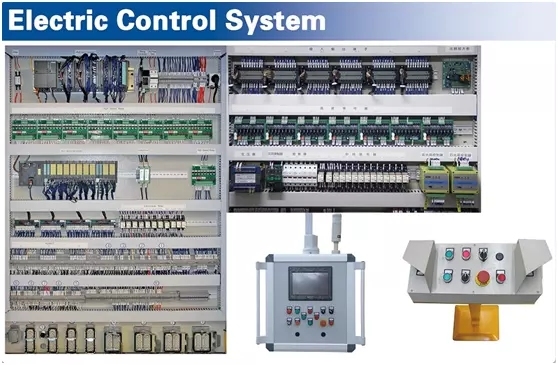
Certificate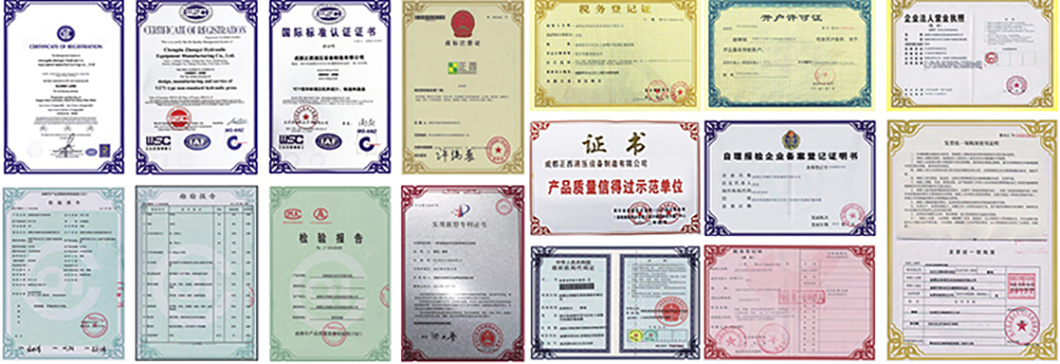
W Casting Radiant Tubes,Radiant Heat Pipe,W Type Radiant Tube,W Type Spun Casting Reformer Tubes
Jiangsu Kinuo Furnace Roller Co., Ltd. , https://www.jskinuoroller.com